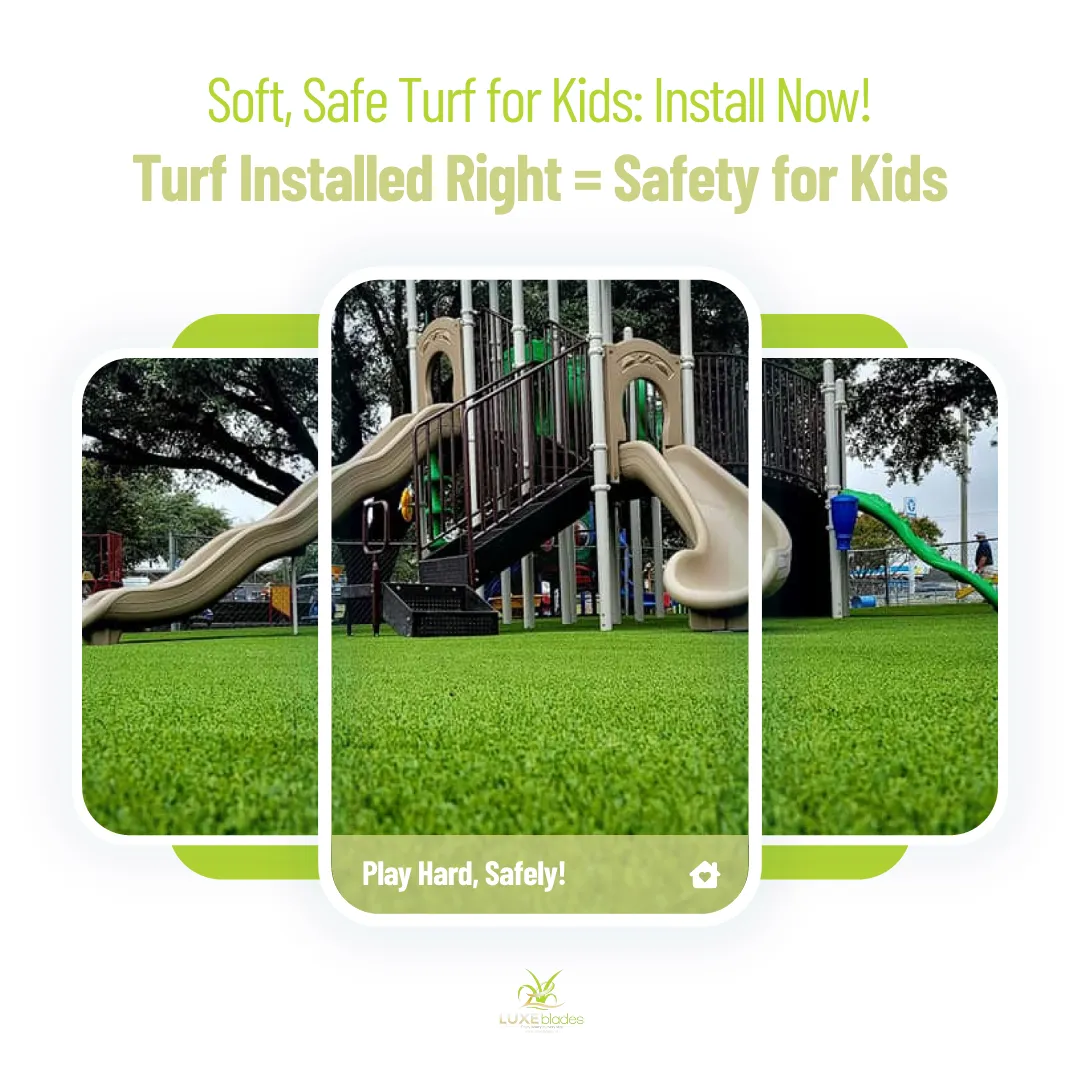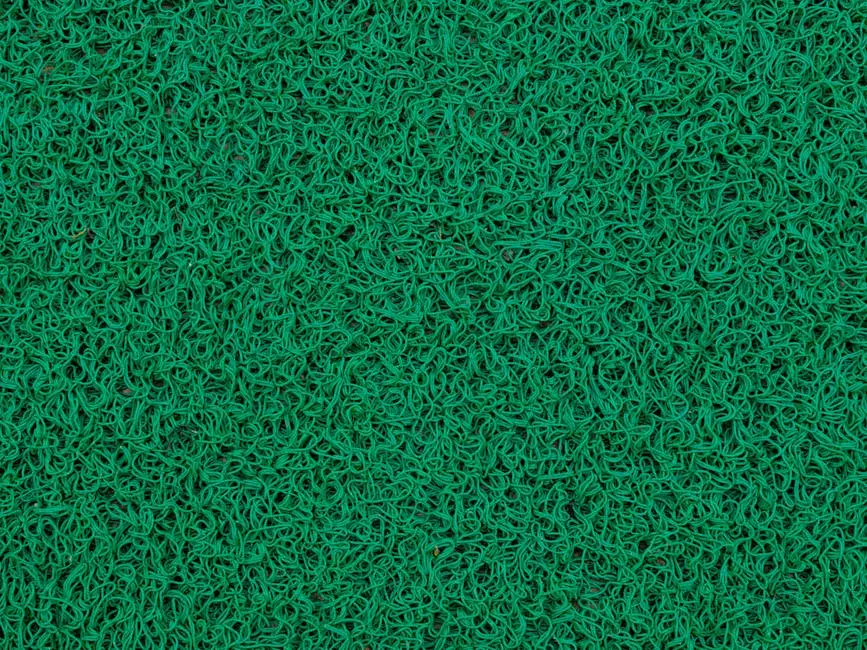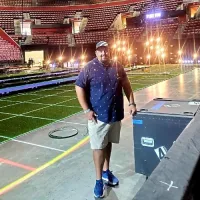972-764-8959
FREE ESTIMATES

blog
CONTACT
TURF TIMES

How Safe is Playground Artificial Turf?
Playground artificial turf has become a popular choice for many parks and recreational areas due to its low maintenance and durability. However, parents and guardians often worry about the safety of their children when playing on these surfaces. In this FAQ, we will explore various aspects of playground artificial turf safety to help ease those concerns.

What Materials Are Used in Playground Artificial Turf?
Playground artificial turf is commonly made from a blend of synthetic fibers that mimic the look and feel of natural grass. These fibers are typically made from polyethylene or polypropylene, materials renowned for their durability and resistance to wear. The quality of these materials is crucial, as it directly impacts both the performance and safety of the turf.
In addition to the synthetic fibers, playground artificial turf often includes infill materials. Granulated rubber or sand are used to provide cushioning and stability, helping to absorb impacts during play. This layer is essential for reducing the risk of injuries, making the surface safer for children. However, the type and quality of the infill can vary, so it’s vital to choose products that meet safety standards.
Furthermore, many manufacturers now offer turf with antimicrobial properties to inhibit the growth of bacteria and ensure a cleaner play environment. This feature can significantly enhance safety, particularly in playground settings where children are likely to come into contact with the ground. It's always worth asking about the specific materials used in any turf installation to ensure you make an informed choice.
What Are the Benefits of Using Artificial Turf in Playgrounds?
One of the standout benefits of playground artificial turf is its low maintenance requirement. Unlike natural grass, there’s no need for mowing, watering, or fertilizing. This can save both time and money for facility managers and municipalities while providing children with a consistently lush and safe play area.
Moreover, playground artificial turf is highly durable. It can withstand heavy foot traffic, extreme weather conditions, and seasonal changes without deteriorating. This longevity means that parks can remain open for play year-round, contributing positively to the overall physical activity levels of children.
Another important advantage is the improved safety it provides. With its cushioned surface, artificial turf can help reduce the severity of injuries when children fall. Many types of turf are designed to meet safety standards for critical fall heights, making them an excellent choice for playground settings where falls are an inevitable part of play.
In addition, artificial turf is resistant to pests and weeds, eliminating the need for chemical treatments that could pose risks to children's health. The variety of designs and colors available allows for creativity in playground design, further enhancing the appeal. Overall, the benefits of playground artificial turf can make it a sound investment for communities.
What Are the Safety Concerns Associated with Artificial Turf?
While playground artificial turf has many advantages, some safety concerns remain. One of the most commonly discussed issues is the potential for heat buildup. During hot summer months, turf can become significantly warmer than natural grass, posing a risk of burns to children's skin. It's important to provide shaded areas and consistent monitoring of the surface temperature.
Another concern revolves around the infill materials, particularly rubber. Some studies have raised questions about whether certain types of rubber infill contain harmful chemicals that could pose health risks. Transparency from manufacturers about the materials used is essential for parents and guardians, as is opting for non-toxic alternatives when available.
Additionally, while artificial turf is designed to be resilient, it is still important to maintain it properly. Regular inspections can help identify any issues, like tears or uneven infill distribution, which can lead to tripping hazards. Routine cleaning can also prevent the buildup of dust, debris, and potentially harmful microorganisms.
Lastly, while playground artificial turf is engineered to reduce injury risks, falls are still a possibility. Choosing turf that meets required safety standards is critical. Moreover, ensuring the surrounding play equipment is age-appropriate and well-maintained further enhances safety at playgrounds.
How Does Artificial Turf Compare to Natural Grass?
When comparing artificial turf to natural grass, one of the most noticeable differences is maintenance. Natural grass requires ongoing care such as periodic mowing, watering, and fertilizing, while artificial turf typically needs minimal upkeep. This difference can be particularly beneficial in areas experiencing drought or water shortages.
From a durability standpoint, synthetic turf outlasts natural grass considerably. It can endure harsh weather conditions, heavy use, and impact without losing its structural integrity. On the other hand, even with the best care, natural grass can suffer from wear and tear over time, which can elevate costs due to reseeding and additional care.
In terms of safety, both surfaces have their benefits and drawbacks. While artificial turf can provide a cushioned surface for falls, natural grass has the advantage of naturally cooling the ground in hot weather. It is also biodegradable, contributing positively to the environment.
Ultimately, the choice between artificial turf and natural grass depends on various factors, including climate, budget, intended use, and safety requirements. Exploring both options thoroughly will help communities make the best choice for their playgrounds.
What Maintenance Is Required for Playground Artificial Turf?
Maintaining playground artificial turf is relatively straightforward but is essential for maximizing its lifespan and safety. One of the first steps in maintenance is regular brushing. This action helps to keep the fibers upright, ensuring that the surface remains plush and inviting while also preventing compaction of the infill material.
Debris removal is another critical aspect of maintenance. Leaves, twigs, and litter can accumulate on the surface, potentially harboring pests or developing mold. Periodically sweeping or using a leaf blower can keep the area clean and safe for children. Additionally, regular rinsing with water can help mitigate the buildup of dirt or dust.
Inspection for damage is also crucial. Parents and facility managers should routinely check for tears, seams that might have come apart, or insufficient infill in certain areas. Addressing minor issues promptly can prevent larger problems down the line. When needed, hiring trained professionals for repairs ensures a high-quality approach.
It is also important to monitor the infill material and replenish it as necessary. Over time, some of the infill may get displaced or degrade. Keeping an eye on the infill levels ensures that the playground continues to offer a safe landing surface for children.
Are There Guidelines or Standards for Playground Turf Safety?
Yes, there are several guidelines and standards that govern the safety of playground turf. Organizations such as the American Society for Testing and Materials (ASTM) and the Consumer Product Safety Commission (CPSC) provide standards that artificial turf must meet to ensure children's safety during play.
The ASTM has developed testing methods for various surface materials, including artificial turf, focusing on aspects such as shock absorption and surface friction. These tests help to identify safe options for critical fall heights, ensuring that children are adequately protected during play.
In addition to these standards, many states and localities have specific regulations concerning playground safety. It's essential for facility managers to stay updated on these regulations and to ensure that any installed turf complies with safety guidelines.
Regular inspections by certified professionals can also play a significant role in maintaining compliance with safety standards. These assessments can highlight any areas needing attention, ensuring that playgrounds provide a safe environment for children to enjoy.
Final Thoughts on Playground Artificial Turf Safety
Ultimately, while playground artificial turf can be a safe surface for children when installed and maintained properly, it is essential for parents and facility managers to stay informed about the materials used, potential risks, and maintenance requirements to ensure the highest level of safety.

